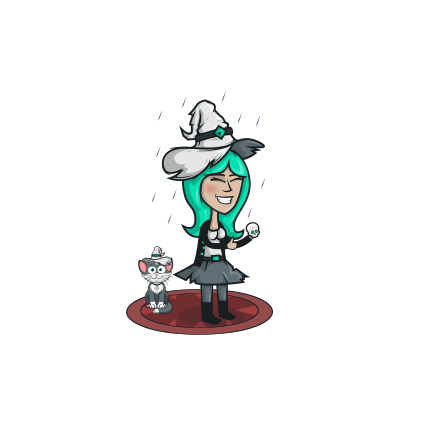vor 5 Jahren
The game focuses around vehicle combat. Players gain reputation with different factions, gaining access to new blueprints, parts, cars. Players gather parts and materials via battle rewards, completing missions, breaking down unneeded equipment, or by purchasing items from other players via an in-game market. Each player's combat vehicle is only limited by the player's imagination and two mandatory parts that need to be integrated into each player's design: cabin and undercarriage (frame). Parts such as armor, weaponry, generators, and auxiliary devices are not required. Different combinations of these items let players custom tune vehicles to their own liking and playstyle. As there are no fixed traditional vehicle "classes" or vehicle roles, players are free to edit and modify their vehicle as they feel, allowing players to customize both the look and the technical aspects of their vehicle, honing their machine’s performance and looks to their liking.
Along with vehicle crafting and customization, Crossout implements a physics model. Players must take into consideration the center of gravity, mass, location and placement of parts. A vehicle too top-heavy may roll over if turned too quickly or during movement on uneven terrain. Heavy machinery has more difficulty navigating. Equipment (such as a rotating radar dish) placed too close to the ground may be hit during its movement causing loss of control or degraded movement ability. Large caliber cannons present recoil on both ends of the weapon, being able to flip over a lighter vehicle that fired the projectile, and potentially flipping the player who is hit. This mechanic not only gives players more in-depth customization, but also acts as a self-balancing aspect. Players who just load down a vehicle with heavy armor and large caliber weapons would not be able to function in combat









